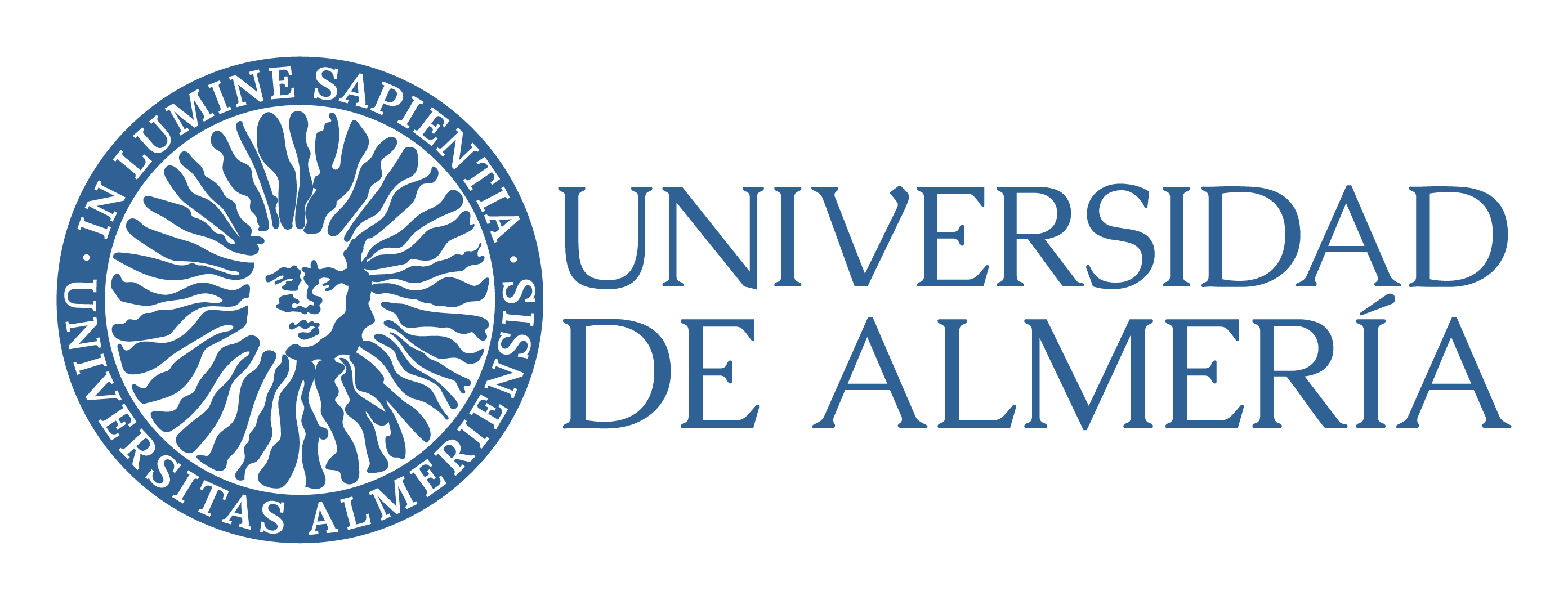Project summary:
This project stems from the interaction of orthogonal polynomials (OP) as key tool in constructive approximation theory, with other areas of mathematics (operator theory, harmonic analysis, potential theory, stochastic processes, numerical analysis) and applied sciences (statistical physics, integrable systems, quantum physics, optics, ophthalmology, machine learning). This interaction catalyzes the development of innovative methods in approximation theory, either providing this subject with novel tools, or under pressure from open theoretical and technological problems. The result is a multiple symbiosis among the involved fields which highlights the interdisciplinary vocation of the project. Some of the problems which guide this vocation are:
Further contributions to different types of orthogonality (planar, matrix, multiple, varying, Sobolev, non-Hermitian) and related rational approximation, new interconnections among them, and novel links with other branches of mathematics and mathematical physics.
Asymptotic methods for OP, with particular emphasis on the most efficient tools required by applications to highly topical subjects, such as Riemann-Hilbert or potential theory methods, with impact in the study of non-standard orthogonality, special functions of burning importance, geometric function theory, non-linear phenomena and phase transitions in stochastic models.
Further development of the OP approach to discrete quantum systems (pioneered by this team) such as quantum walks, open quantum walks and generalizations. In particular, search for new quantum uses of OP tools coming from operator theory and harmonic analysis, such as CMV matrices (discovered by this team) and Schur functions.
Development of OP theory pay-offs from the above research line, which paves the way for extensions of Khrushchev classification theory for OP on the unit circle, to OP on the real line and to the matrix valued setting.
Connections between matrix and non-standard orthogonality via Darboux transformations. Exploiting these connections, and using them to search for new bispectral instances and for the study of integrable systems.
Further development of machine learning techniques using approximation theory, delving the successful and increasing connections between these two disciplines. Assessment in clinical ophthalmology real problems. These developments and applications may require new, more suitable approximation techniques or innovative approaches.
Explore diverse connections between approximation theory, machine learning, and optics, by analyzing the stability and improving numerical algorithms for specific Fourier optics and Zernike OP problems. The feedback between these fields will be mutually beneficial and may lead to new insights.
Part of this interdisciplinary research will be undertaken in collaboration with the ophthalmology clinic OFTALVIST Almerķa, which expressed interest in the outcomes of several tasks of this project. These advances may result in better diagnostics, analysis techniques, and enhanced optical systems, and they can eventually lead to patents and knowledge transfer to the industry. Hopefully, they could also reduce vision-related problems and improve the quality of life of the population.
KEY WORDS: orthogonal polynomials, special functions, approximation theory, asymptotics, classical and quantum random processes, machine learning, optics, ophthalmology.
Funded by:



